Klimt – The Kiss
A perfect golden moment. Bliss. Are they lying down? Perhaps that is a blanket behind them. Or are they kneeling? It’s unclear. Unimportant. What is clear is the ecstasy on her face. This moment, this kiss.
She is enveloped in a shimmering world of love and gold. Time stands still, the beating of her heart pauses, the sounds of the garden drift off into another plane, the rich earth’s scent mingles with hers, and his. His touch is of cradling, hers is of attachment. They are close. Every sense is engaged in a harmonious tranquillity that stretches beyond time, beyond physics, beyond the everyday plane of existence.
He is dressed in geometric shapes, hard and rectangular – well defined, with only the occasional gentle swirl. She is mostly in circles and flowers, round, sweet, soft and yielding. They lie in a garden, its life bursting forth around them. The garden is more than a place, its yellow tendrils also join her to the earth, her toes pressed into the soft leaves.
We see the back of his head, a few leaves entwined. The leaves give us a sense of impending life, of fertility. We see little of his face. Her hair is laced with flowers, giving a sense of life that has blossomed into fulness. She is in bliss. The gold – so much gold – creates a restless shimmering, perfectly representing a movement away from reality into an ethereal world of emotion and serenity. We are given a moment of ecstasy, a golden shimmering moment of love, all else is irrelevant. This moment. This kiss.
This moment. This Kiss.
Gustav Klimt painted The Kiss from 1907 to 1908. An Austrian symbolist painter, he wanted to show what he considered to be fundamental truths by metaphorical images, moving away from straight representational realism. The painting was purchased by the Austrian Government before it was even finished, and is now displayed in the museum at the Belvedere Palace in Vienna.
You may not have noticed, but the painting is square. And large: 1.8 metres by 1.8 metres. So large that when you are before it, the painting fills your whole field of view. We are excited by the gold – real gold leaf. Klimt’s father was a goldsmith, and Gustav would have been aware of gold’s effect on us. The gold leaf itself is difficult to handle, being impossibly thin, like trying to pin down gossamer – surely a metaphor for love – golden, hard to define, hard to pin down. The gold leaf would have been pressed into a wet paint surface with a paintbrush, creating its own patterns in the gold. The gold leaf is in squares, creating texture: hard edges with soft, darks and lights, giving it a patina of time and timelessness.
The gold is the moment
The gold is the moment: it takes over whatever physical background existed, because that is not the story. The story is these two; this moment, this kiss. All else fades away, is superseded, is subservient to this moment, this golden moment forever paused between two heartbeats, between two hearts.
Klimt painted other paintings with this technique such as the well-known Adele Bloch-Bauer. He was also a painter of gardens such as Rosebushes under the trees. This effect, where a face and a couple of other details take up less than 10% of a canvas covered in gold leaf formed what was called, with good reason, his “golden period”.
Representational art seeks to represent the world as it is perceived through our eyes. Although we can clearly see what persons and objects are here, this painting does far more than that. It shows us emotion, the stopping of time, the sound of a light breeze, a distant held note on a violin, the caress of a light sun, the scent of the earth, the moment of bliss. This moment. This kiss.
Watch this commentary
More from Gustav Klimt

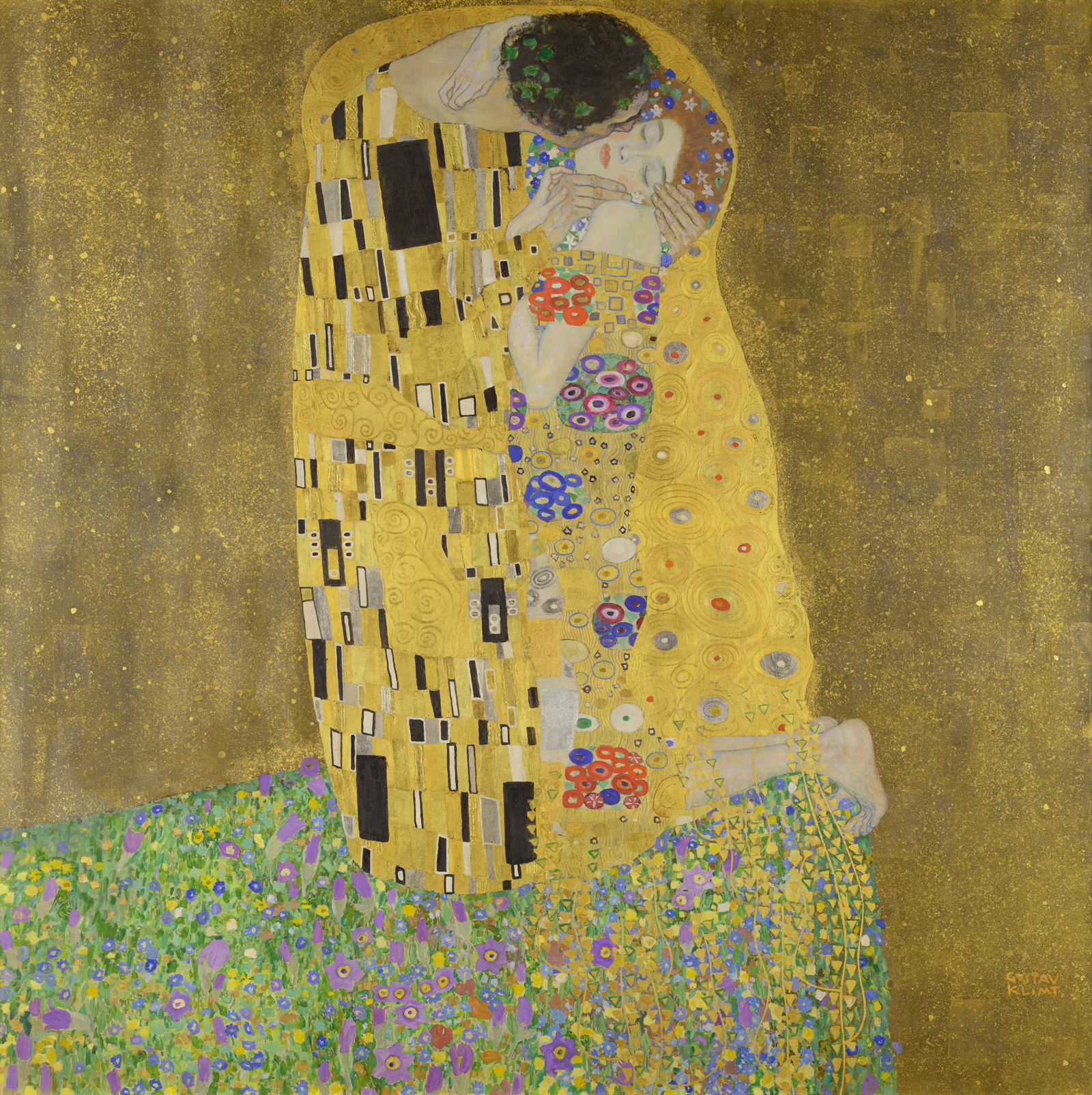
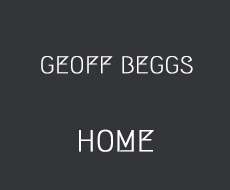
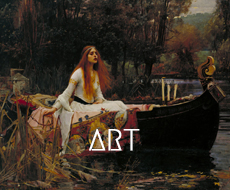

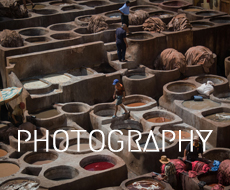


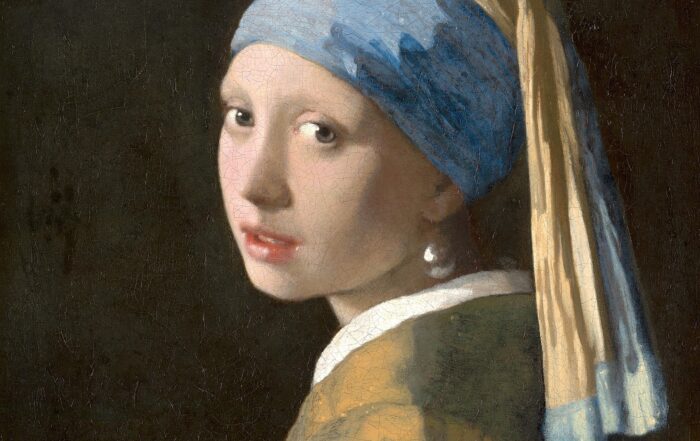
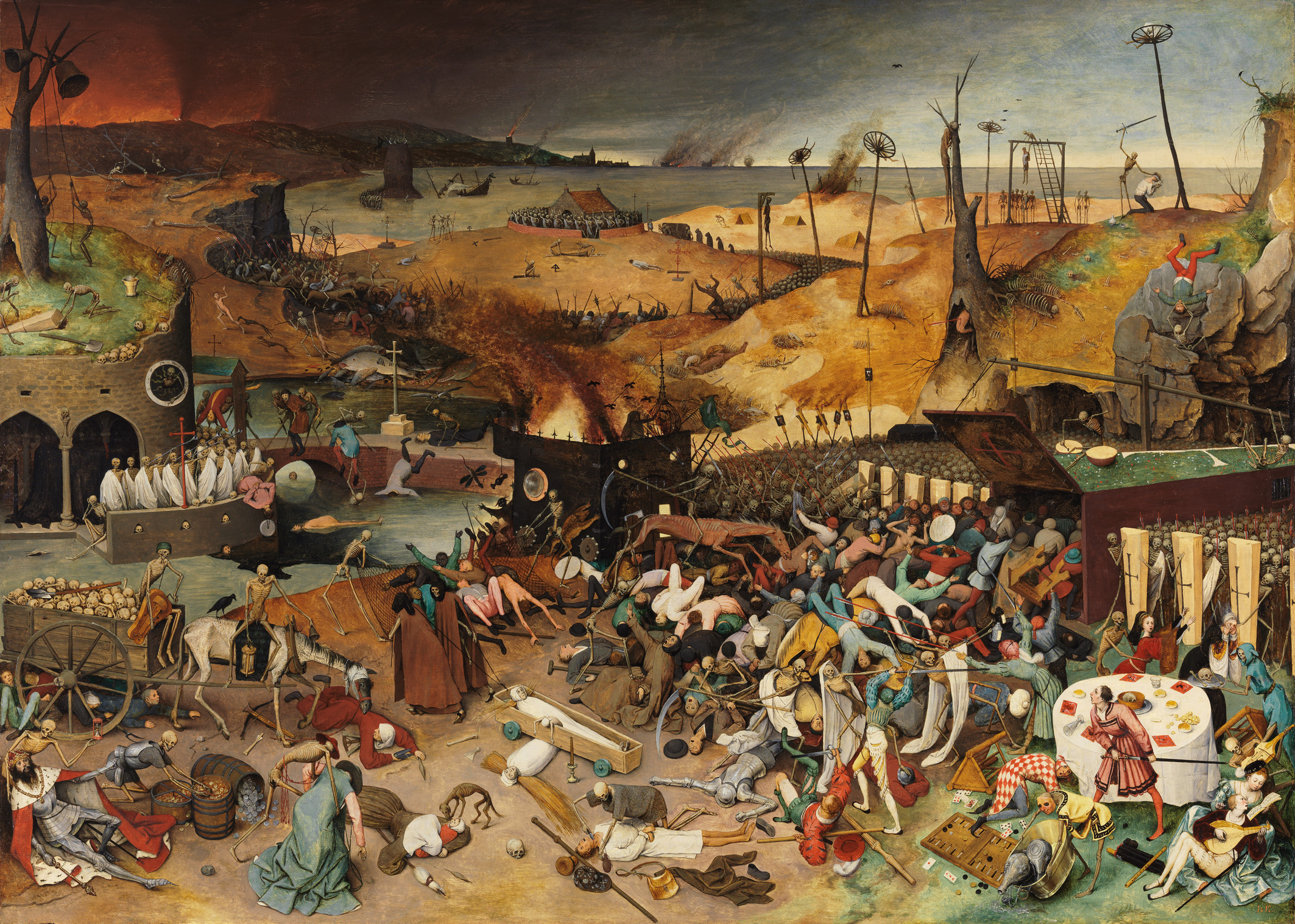
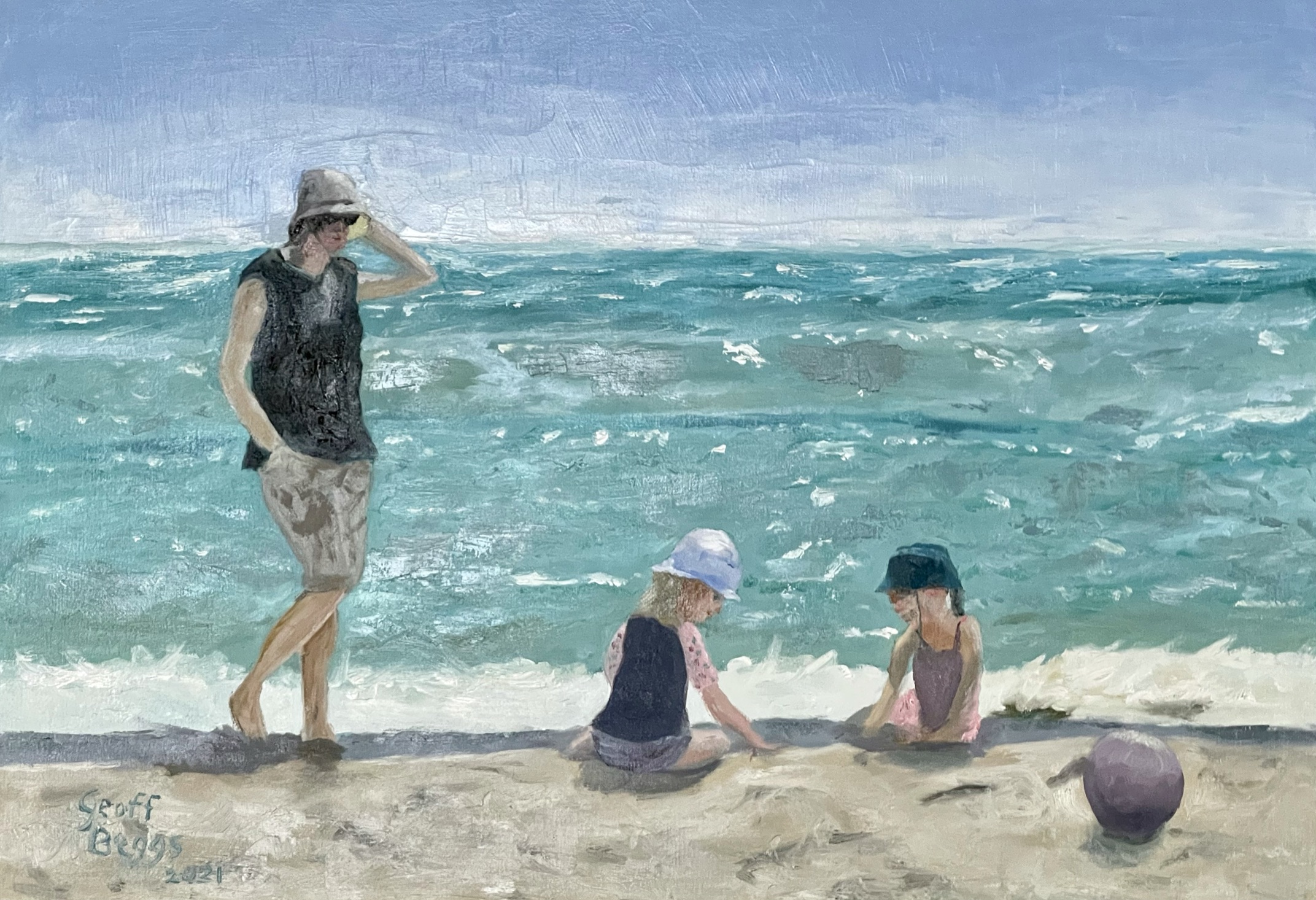

Leave A Comment